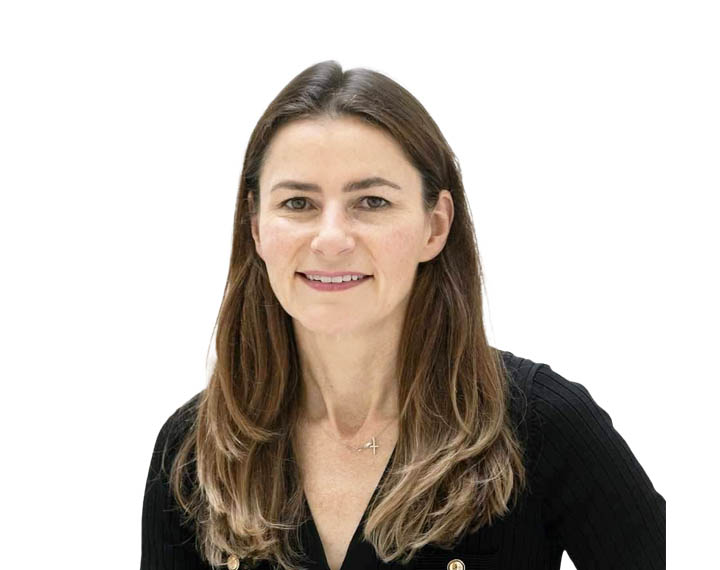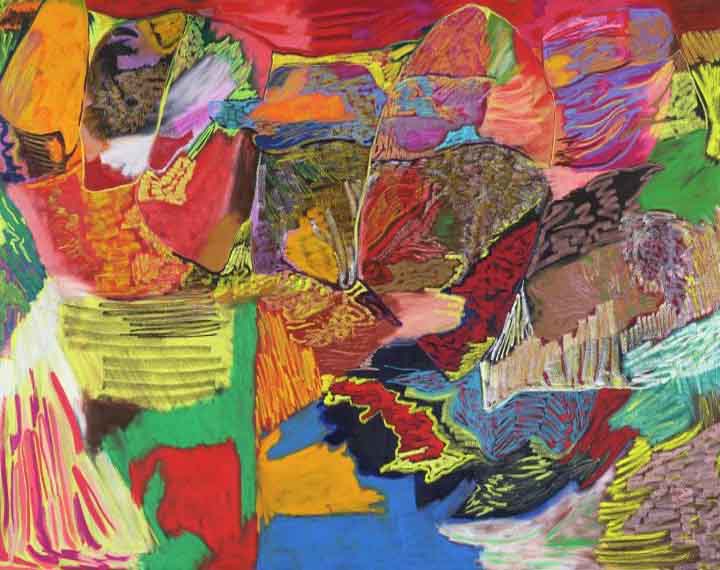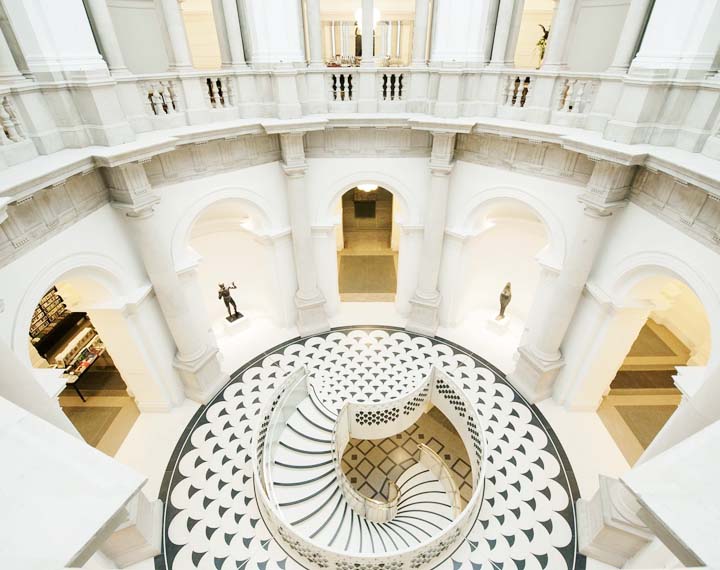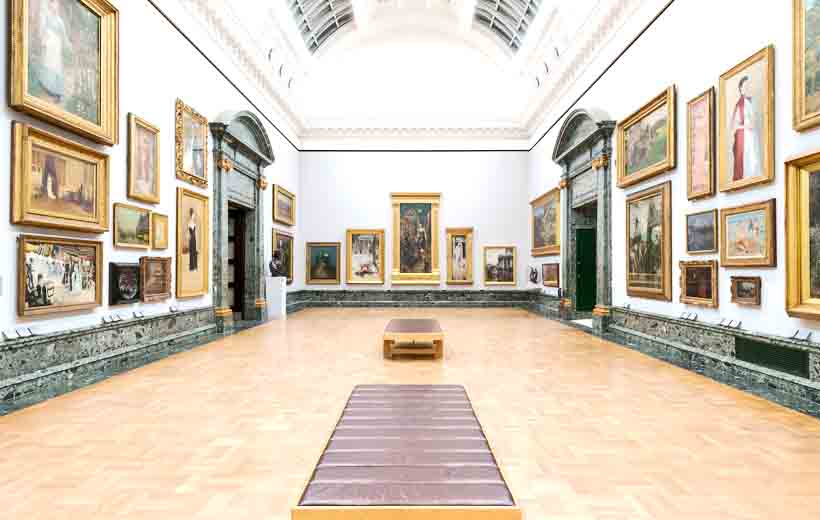
Carmel Allen Managing Director Tate
Carmel Allen was appointed Managing Director of Tate in August 2022 and took up the role in September 2022. Carmel was previously CEO of Tate Commerce. From 2018 to 2022 Carmel led the organisation’s publishing, retail, product development, image and licensing businesses, developing a host of innovative new initiatives and generating vital revenue for Tate. During this time she was instrumental in ensuring Tate’s commercial activities chimed with its artistic and social ambitions, from championing a more diverse range of designers and writers to putting environmentally sustainable practices at the heart of her work.
Carmel arrived at Tate with a strong mix of business and creative experience, having been creative director for brands such as Heal’s, the Conran Shop and Linley. She has also worked at internationally renowned media companies such as Time, Conde Nast, Guardian Media Group and the Financial Times.

Artist © Rachel Jones
Tate Britain
Tate Britain is free to visit. Our new collection displays explore 500 years of British art and its many stories and voices. Discover much-loved favourites alongside new contemporary artworks, from the Pre-Raphaelites to David Hockney, Bridget Riley and Lubaina Himid. Tate Britain is also home to the world’s largest collection of works by JMW Turner.
Entry to the gallery is free – there’s no need to book. Booking a ticket is recommended for exhibitions but some tickets may be available at the door. Members enjoy unlimited free entry to exhibitions with no need to book.

Tate Britain
Tate Britain is an art museum showcasing British Art from the 16th century onwards. Tate Britain is an art museum on Millbank in the City of Westminster in London. It is part of the Tate network of galleries in England, with Tate Modern, Tate Liverpool and Tate St Ives. It is the oldest gallery in the network, having opened in 1897. Tate Britain is currently operating one-way routes to ensure the safety of all visitors, colleagues and volunteers. All routes have step-free access, with entry via the Manton Entrance ramp and exit via the Gallery’s gardens on Millbank. There may be a need to queue at various points in the building to ensure social distance can be maintained. When Tate first opened its doors to the public in 1897 it had just one site, displaying a small collection of British artworks. Today we have four major sites and the national collection of British art from 1500 to the present day and international modern and contemporary art, which includes nearly 70,000 artworks.

Tate Gallery
Henry Tate
In 1889 Henry Tate, an industrialist who had made his fortune as a sugar refiner, offered his collection of British nineteenth-century art to the nation and provided funding for the first Tate Gallery.
Tate was a great patron of Pre-Raphaelite artists and his bequest of 65 paintings to the National Gallery included John Everett Millais’ Ophelia 1851–2 and J.W.Waterhouse’s The Lady of Shalott 1888. The bequest was turned down by the trustees because there was not enough space in the gallery.
A campaign was begun to create a new gallery dedicated to British art. With the help of an £80,000 donation from Tate himself, the gallery at Millbank, now known as Tate Britain, was built and opened in 1897. Tate’s original bequest of works, together with works from the National Gallery, formed the founding collection.
Henry Tate and Slavery
Over the years there has been much debate about Henry Tate’s association with slavery. As we reflect on this important question, we have invited the historical researchers at the Centre for the Study of the Legacies of British Slave-ownership at University College London to share their analysis. We have worked with them on a statement regarding what we know about the historical facts and some of the questions which remain unanswered.


